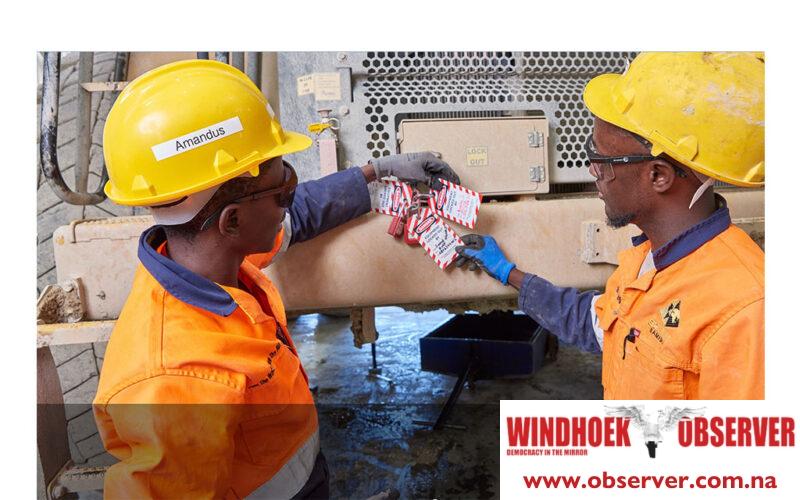CHAMWE KAIRA
The Otjikoto Mine continued to outperform during the second quarter of 2024, producing 48 143 ounces of gold, above expectations as a result of higher than anticipated mill feed grade, B2Gold Corporation said.
For the second quarter of 2024, mill feed grade was 1.79 grams per tonne (g/t), mill throughput was 0.85 million tonnes, and gold recovery averaged 98.6%.
B2Gold said ore production from the Wolfshag underground mine for the second quarter of 2024 averaged over 1500 tonnes per day at an average grade of 4.69 g/t gold.
As of the beginning of 2024, the probable mineral reserve estimate for the Wolfshag deposit included 100 000 ounces of gold in 0.6 million tonnes of ore at an average grade of 5.02 g/t gold.
Open pit mining operations at the Otjikoto Mine will continue to ramp down in 2024 and conclude in 2025, while processing operations are expected to continue until economically viable stockpiles are exhausted in 2031. Underground operations are currently projected to continue until 2026 with potential to extend underground operations if the ongoing underground exploration programme is successful in identifying more underground mineral deposits.
On January 31, the company announced positive exploration drilling results from the Antelope deposit at the Otjikoto Mine. The Antelope deposit, which comprises the Springbok Zone, the Oryx Zone, and a possible third structure, Impala, subject to further confirmatory drilling, is located approximately three km south of the Otjikoto open pit.
On June 20, the company announced an initial inferred mineral resource estimate for the Springbok Zone, the southernmost shoot of the recently discovered Antelope deposit.
The company determined that the initial inferred mineral resource estimate of 1.75 million tonnes grading 6.91 g/t gold for a total of 390 000 ounces of gold was sufficient to initiate a Preliminary Economic Assessment (PEA) on development of the deposit by underground mining methods, similar to the Wolfshag deposit.
Subject to receipt of a positive PEA and permit, mining of the Springbok Zone, coupled with the exploration potential of the greater Antelope deposit, could begin to contribute to gold production at Otjikoto in 2026.
“The Antelope deposit has the potential to be developed as an underground mining operation, which could complement the expected processing of low-grade stockpiles at the Otjikoto mill from 2026 to 2031.”
B2Gold said capital expenditures for the second quarter of 2024 totalled US$12 million, consisting of US$9 million for deferred stripping in the Otjikoto pit, US$2 million for Wolfshag underground mine development and US$1 million for mining equipment rebuilds.
The Otjikoto Mine is now expected to produce between 185 000 and 205 000 ounces of gold in 2024 (original guidance of between 180 000 and 200 000 ounces) at cash operating costs in the upper end of its guidance range of between US$685 and US$745 per ounce and all-in sustaining costs of between US$960 and US$1 020 per ounce. Gold production at Otjikoto is expected to be relatively consistent throughout 2024.
For 2024, Otjikoto is expected to process a total of 3.4 million tonnes of ore at an average grade of 1.77 g/t gold with a process gold recovery of 98.0%. Processed ore will be sourced from the Otjikoto pit and the Wolfshag underground mine, supplemented by existing medium and high-grade ore stockpiles.




